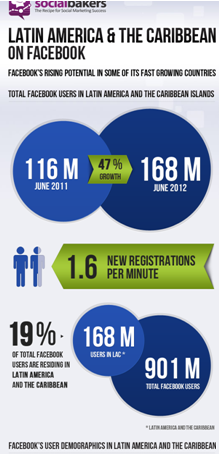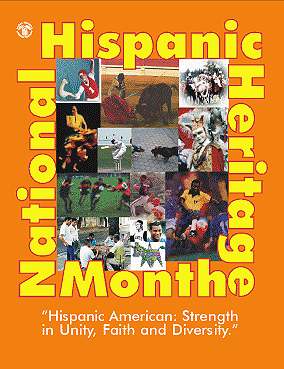The National Spelling Bee is a competition that is believed to have originated in the early 20th century in the United States, wherein a number of young contestants are required to a orally spell various words of increasing difficulty. The first official Bee was held in 1925, and the first champion was eleven years old. The tradition has since spread to many other nations.
For 85 years, the Bee was an English-only competition—a reflection of the country’s massive language majority. Recently, however, a variant was introduced that caters to the largest (and ever-rising) minority language—Spanish. The first annual Santillana National Spanish Spelling Bee was held in July 2011 in Albuquerque, New Mexico. The winning word was Bizantinismo, spelled by 13-year-old Evelyn Juarez.
There are approximately 67 million native Spanish speakers in the U.S., and many more who speak it as a non-native language. Although English is the de facto national language (and required for U.S. naturalization), it is not officially recognized/enforced on the federal level—perhaps a reflection of the nation’s rich history of immigration.
But although Spanish’s presence and influence is massive in the U.S., there are still many who resist its expansion, whether viciously, through xenophobic or anti-immigration policy and rhetoric, or less so, by promoting monolingualism as a necessary or preferred national linguistic policy. The Spanish spelling bee, although still a very new tradition in the U.S., suggests a possibility for a rising adoption of the language, which already has very deep roots in the region.
The Second Annual Santillana National Spanish Spelling Bee was declared a tie, after two students surpassed 53 rounds of words—all that the competition had planned for—without making a single error.
The Third Annual Spanish Spelling Bee will be held this July, again in Albuquerque.
Some of the words included in the 2013 Spanish Spelling Bee
achicharrar
alcornoque
istmo
órdago
panadería
paspartú
rinoplastia
tortícolis










